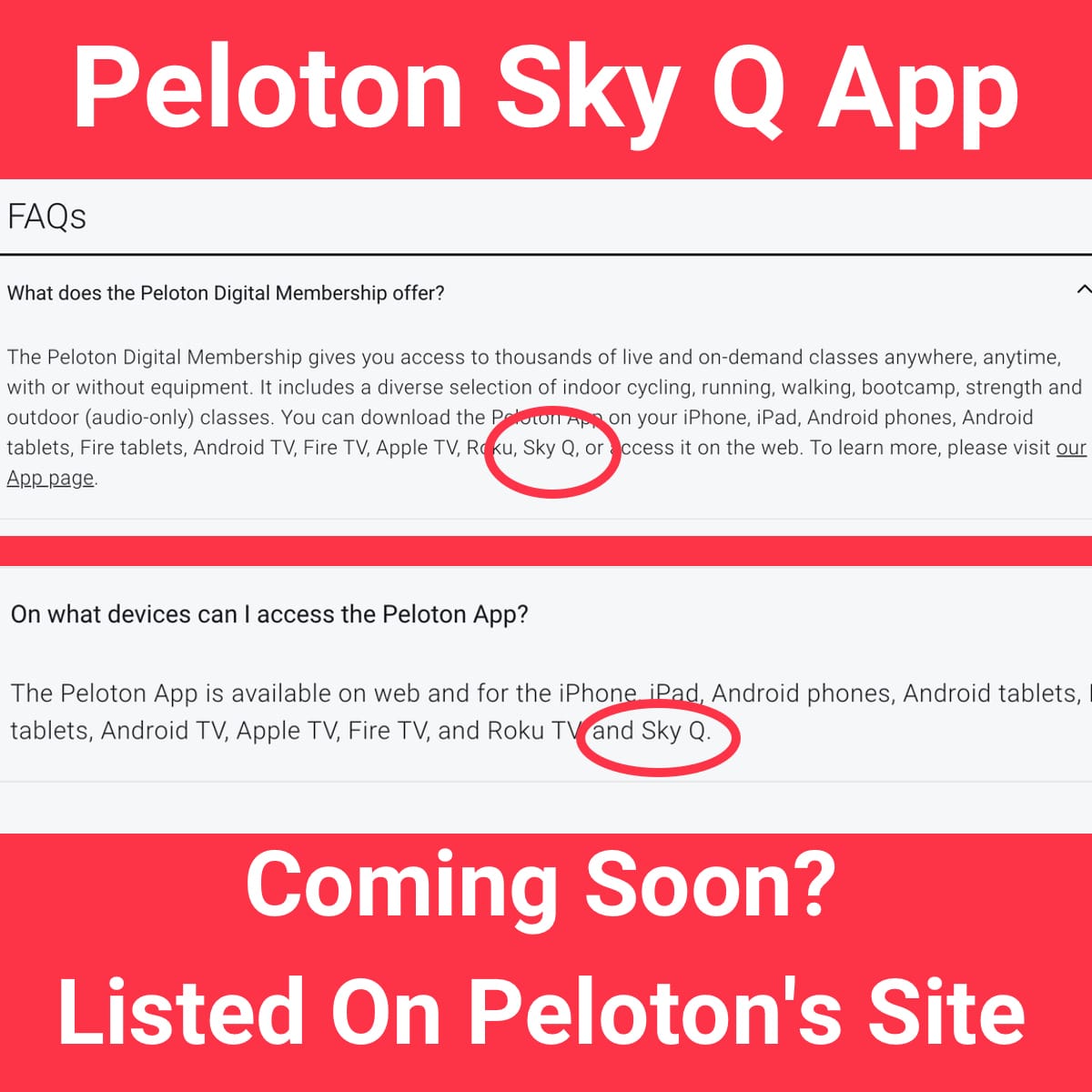

- #Q dir should i remove it serial number
- #Q dir should i remove it upgrade
- #Q dir should i remove it plus
- #Q dir should i remove it windows
When this happens, your IUD becomes improperly positioned inside you, which can be both crampy and painful - and means your IUD isn’t well-placed to do the job of preventing pregnancy. Oftentimes, women who try to take out their own IUD (by pulling on the device’s string themselves) are able to dislodge it but not remove it. The “arms” of the T-shaped device fold up as it’s removed.Īnd while trying to remove your IUD at home is unlikely to be seriously harmful, the primary risk is that it simply won’t work. Your doctor will use a speculum to grasp the IUD string and gently pull it out. In-office IUD removal is typically only a minutes-long process: You’ll lie on your back with your legs spread apart and your feet in stirrups, as when you had it inserted. We do not endorse non-Cleveland Clinic products or services. Advertising on our site helps support our mission. particularly given the dates on the folders (20).Cleveland Clinic is a non-profit academic medical center.

Yes, the D: drive appears to be unchanged and my conclusion is that your observation that it is a backup of my previous system is correct.
#Q dir should i remove it windows
On the Start menu (for Windows 8, right-click the screen's bottom-left corner), click Control Panel, and then, under Programs, do one of the following: Windows Vista/7/8/10: Click Uninstall a Program.
#Q dir should i remove it serial number
Yes, there is a "windows.old" folder in the C:\ drive:Ĭ:\Windows.old>dir Volume in drive C is OS Volume Serial Number is 7EEF-4A2A You can uninstall Q-Dir from your computer by using the Add/Remove Program feature in the Window's Control Panel.
#Q dir should i remove it upgrade
The 450MB recovery partition is neither under C: nor D:, instead it is a separate partition (without an assigned drive letter) that was created during the Windows 10 upgrade process (although it appears to have been carved out of the space allocated to theĬ: drive when the system was running Windows 7). I've temporarily moved the Windows 10 virtual memory to the C: drive since the D: drive provided insufficient virtual memory (generating warnings).Ĭreate a separate partition for the Windows 10 virtual memory? That way, virtual memory wouldn't compete with other space requirements on C: and it might help optimize performance? This will prompt you for confirmation before deleting. To remove a directory (and everything inside of it) use the r option as in the command: rm r dirname. Volume in drive D is RECOVERY Volume Serial Number is C4EB-85DD By adding the -r (-R) option to the rm command, you can remove a directory along with all its contents. Question: Can I safely delete the original D: drive? The timestamps on the folders, etc., appear to be unchanged: The 450MB Recovery partition appears to have been created by the Windows 10 upgrade process (from the space originally allocated to the C: drive) and the OS (C:) drive is now a bit smaller. The 55MB OEM Partition and the RECOVERY (D:) drive appear unchanged, although Windows 10 configured its virtual memory to use the D: drive. Recovery Partition (450MB), no drive letter However I couldnt delete some complex directory structures with this method, so first you should try it to ensure.
#Q dir should i remove it plus
On my Windows 7 64-bit system (prior to the upgrade), I had a 696.58 GB OS (C:) and a 2.00GB RECOVERY (D:) drive, plus a 55MB OEM partition without an assigned drive letter.Īfter upgrading to Windows 10 (Enterprise) 64-bit, I now have


 0 kommentar(er)
0 kommentar(er)
